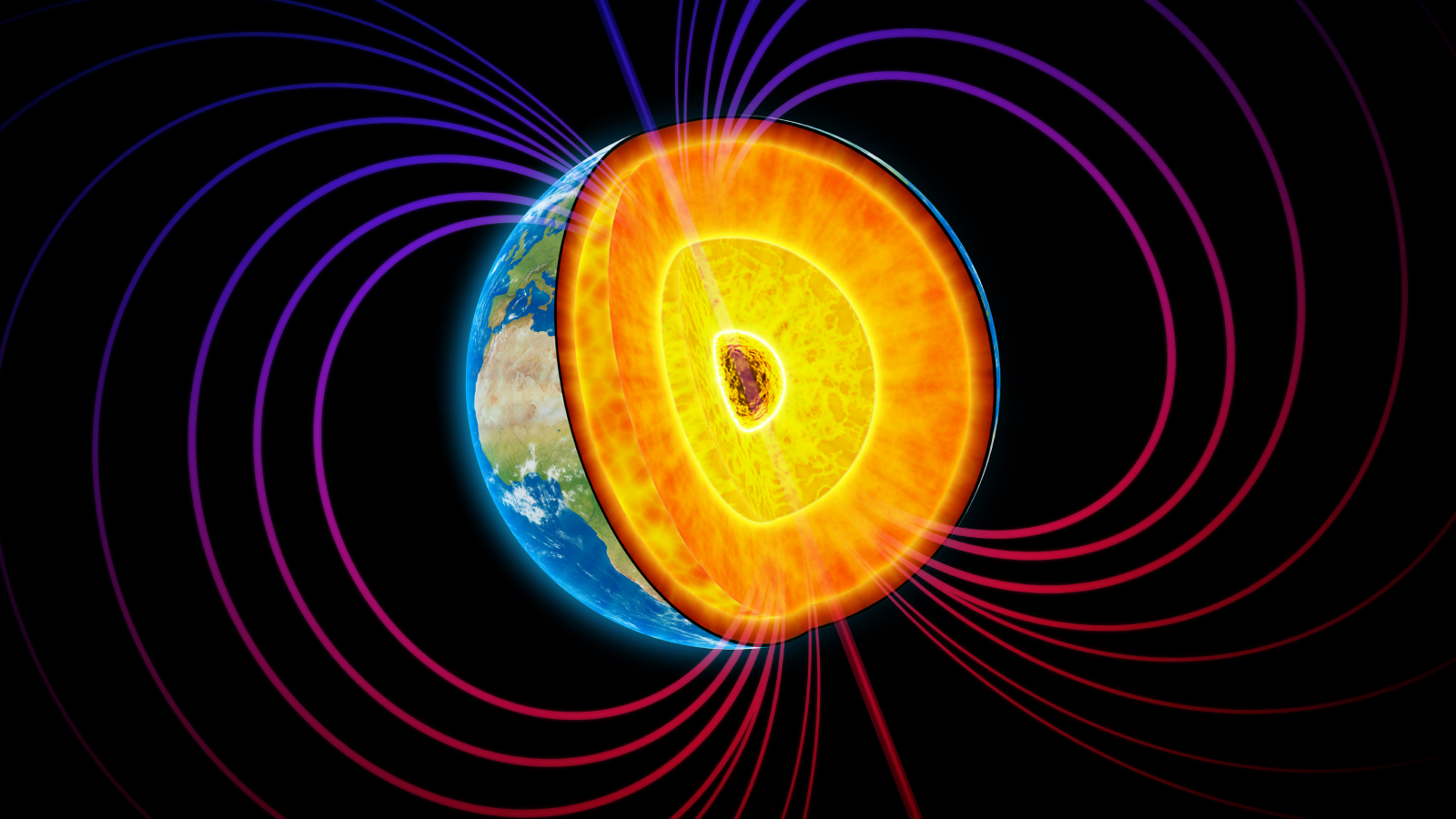IJGI, Vol. 13, Pages 235: Performance Analysis of Random Forest Algorithm in Automatic Building Segmentation with Limited Data
ISPRS International Journal of Geo-Information doi: 10.3390/ijgi13070235
Authors: Ratri Widyastuti Deni Suwardhi Irwan Meilano Andri Hernandi Nabila S. E. Putri Asep Yusup Saptari Sudarman
Airborne laser technology produces point clouds that can be used to build 3D models of buildings. However, the work is a laborious process that could benefit from automation. Artificial intelligence (AI) has been widely used in automating building segmentation as one of the initial stages in the 3D modeling process. The algorithms with a high success rate using point clouds for automatic semantic segmentation are random forest (RF) and PointNet++, with each algorithm having its own advantages and disadvantages. However, the training and testing data to develop and test the model usually share similar characteristics. Moreover, producing a good automation model requires a lot of training data, which may become an issue for users with a small amount of training data (limited data). The aim of this research is to test the performance of the RF and PointNet++ models in different regions with limited training and testing data. We found that the RF model developed from a small amount data, in different regions between the training and testing data, performs well compared to PointNet++, yielding an OA score of 73.01% for the RF model. Furthermore, several scenarios have been used in this research to explore the capabilities of RF in several cases.

 2 months ago
23
2 months ago
23


